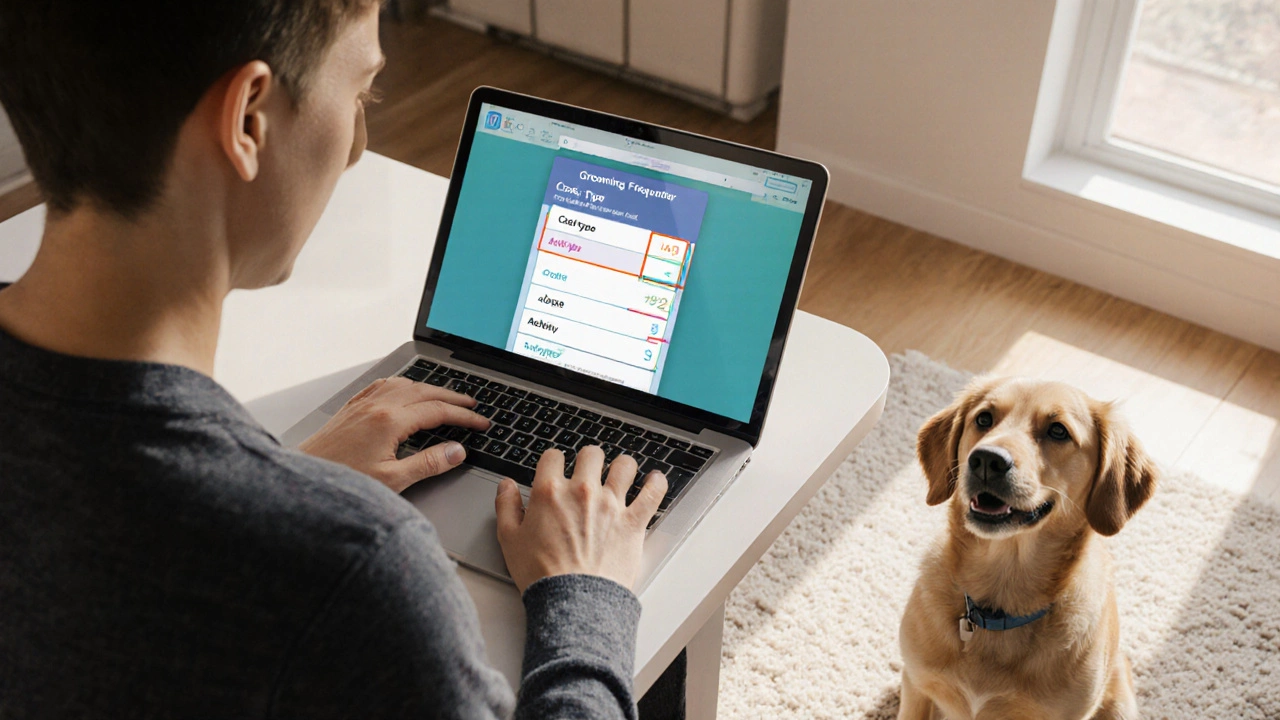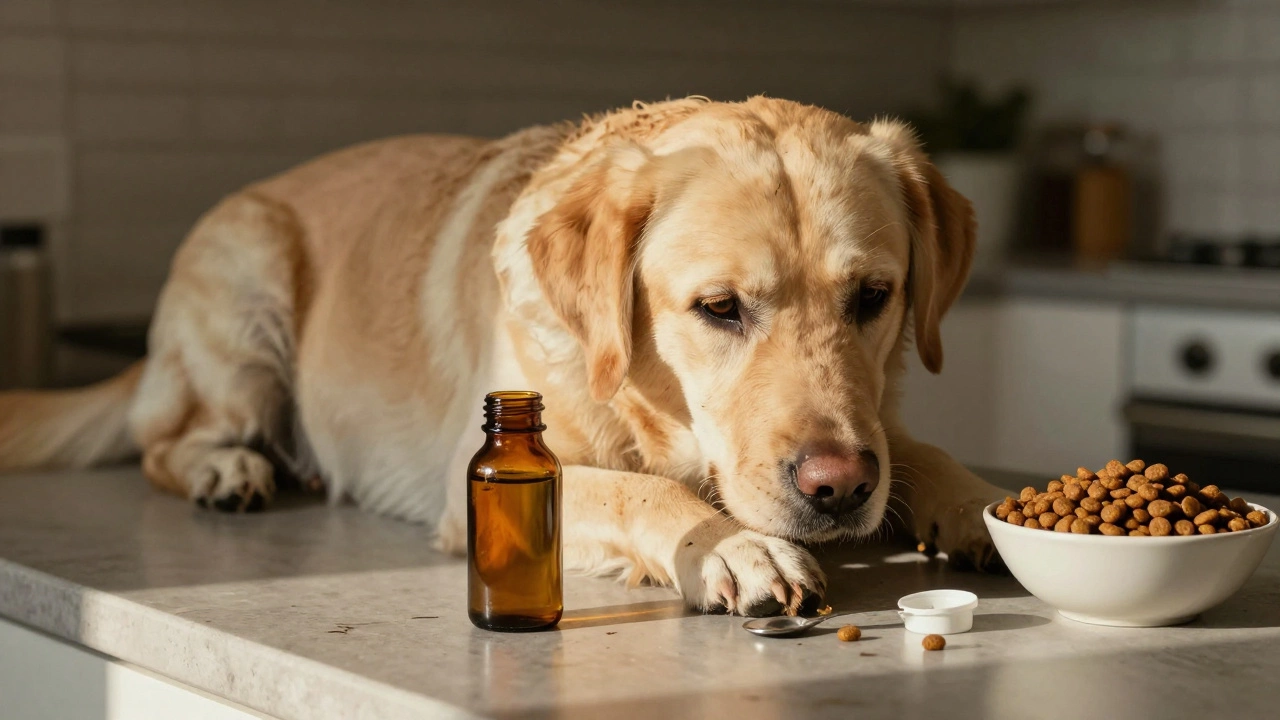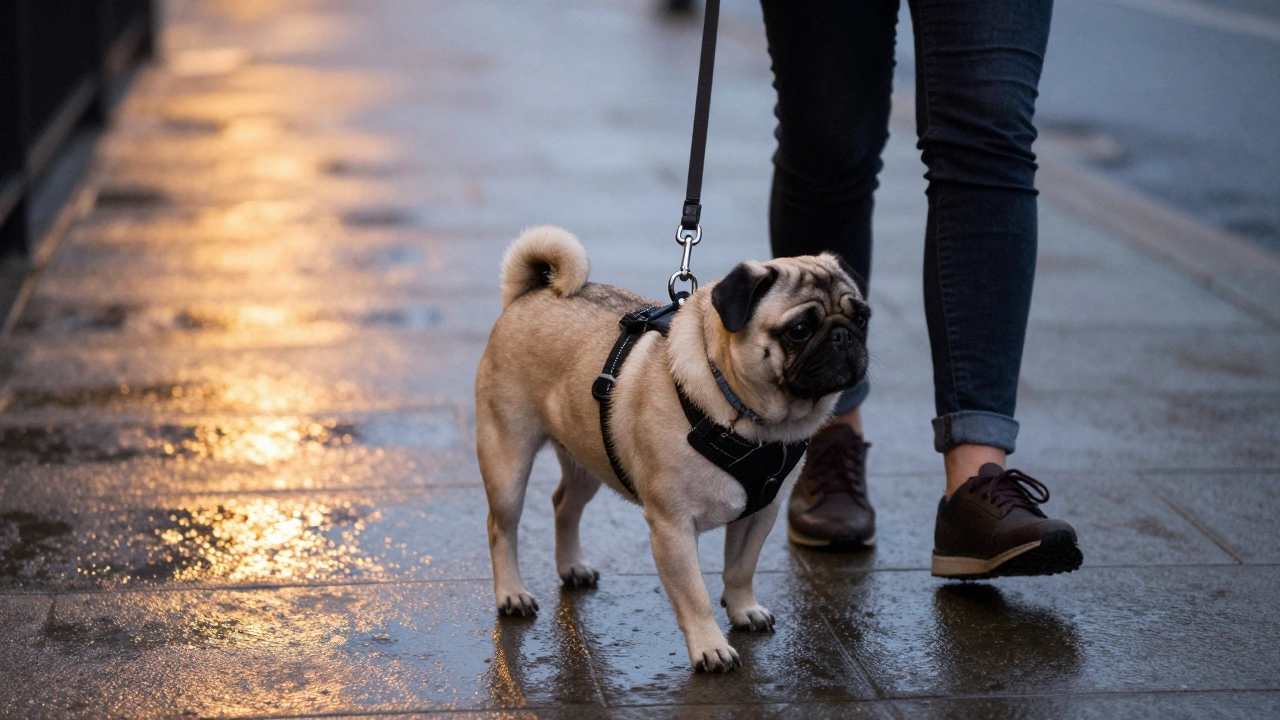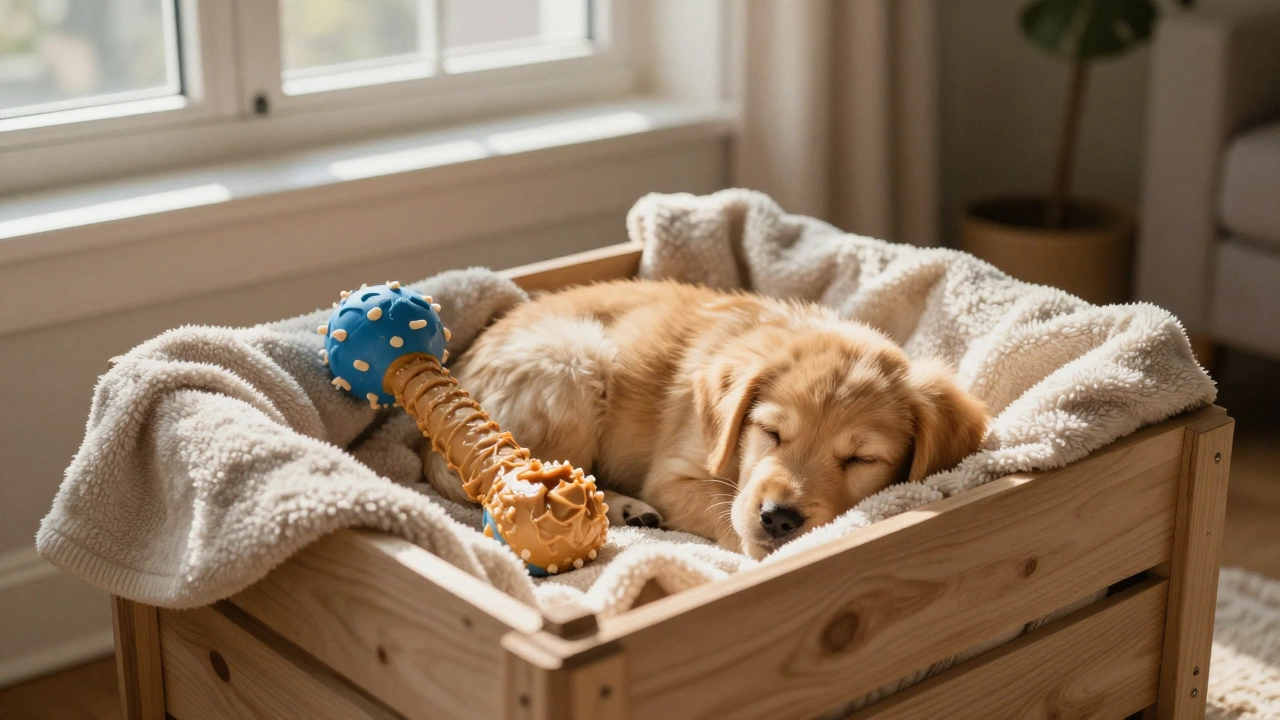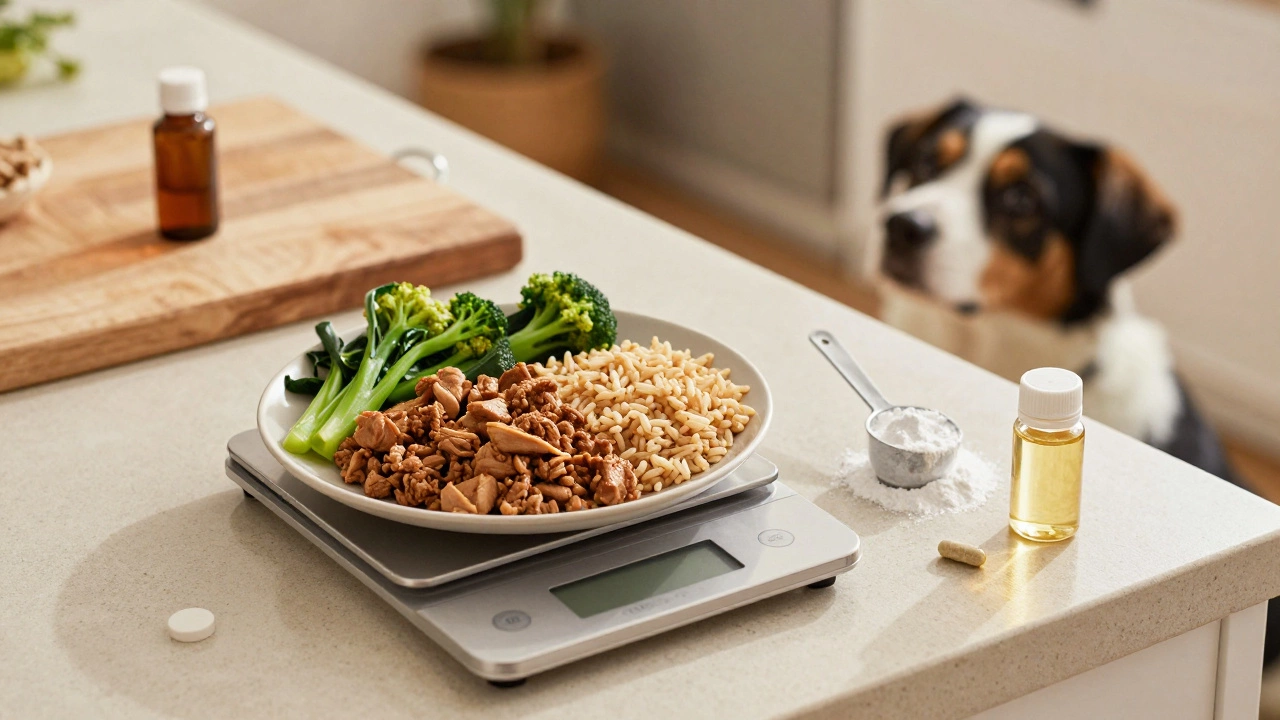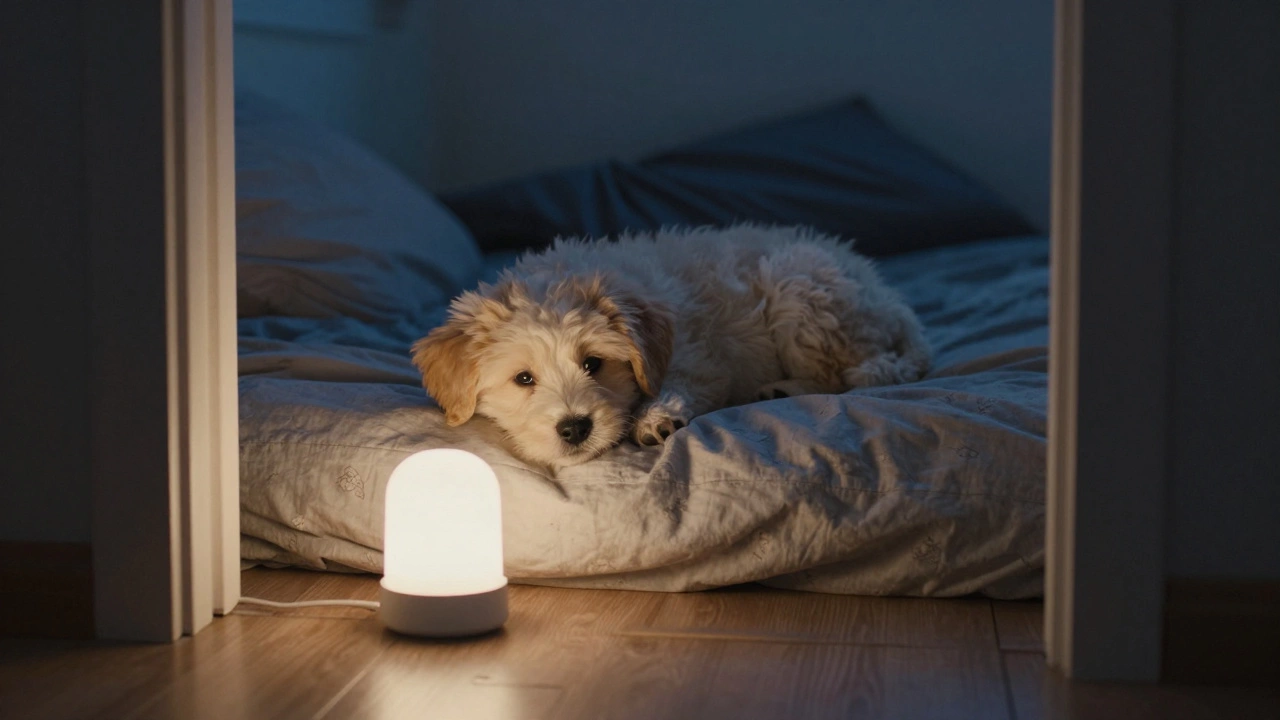Dog Care Routine: Everyday Steps for a Happy Pup
Keeping a dog feeling good isn’t rocket science. A few quick tasks spread over the day can make a big difference. Below you’ll find a practical plan that fits most busy owners and still gives your dog the love and care it needs.
Morning Essentials
Start the day with a short walk or a play session. Ten to fifteen minutes of brisk walking wakes up muscles, burns extra energy, and reduces anxiety. If the weather is bad, a quick indoor game of fetch or tug does the trick.
After the walk, check the paws for debris and give a quick wipe if needed. A damp cloth removes mud and prevents slipping on smooth floors. While you’re at it, glance at the ears and eyes. Any redness or unusual smell could mean an infection, so note it and call your vet if it looks off.
Breakfast comes next. Aim for a balanced meal that includes protein, carbs, and a little fat. Follow the feeding guide on the bag, but adjust the portion based on your dog’s size, age, and activity level. Adding a spoonful of plain yogurt or a few carrot sticks gives extra probiotics and fiber.
Finish the morning routine with a quick grooming check. Brushing removes loose hair and spreads natural oils. For short‑haired breeds a quick brush once a week is enough; longer coats may need daily attention. This also gives you a chance to spot ticks, fleas, or skin irritation early.
Evening Wrap‑up
Afternoon energy can spike, so a short training session helps channel focus. Teach a new trick or reinforce a basic command using positive reinforcement treats. Keep sessions under five minutes to avoid frustration.
Dinner should be similar in composition to breakfast, but you can vary the protein source to keep meals interesting. If your dog has weight concerns, measure the food accurately and skip table scraps.
Before bedtime, give your dog a chance to go outside one last time. This reduces the likelihood of accidents during the night. A quick potty break also signals that the day is winding down.
Finally, set up a comfortable sleeping spot. A dog bed placed in a quiet corner works well for most dogs. If your pup prefers a cooler surface, a mat on the floor is fine; if it likes warmth, a blanket does the job. Consistent sleeping area helps your dog relax and sleep better.
Stick to this routine for a week and notice any changes in mood, energy, or coat condition. Small tweaks—like adding an extra five‑minute walk or adjusting food portions—can fine‑tune the plan for your unique dog. Remember, consistency is key, but flexibility keeps the routine realistic for you and your pet.
With these simple steps, you’ll give your dog the daily care it needs without spending hours on maintenance. A happy, healthy dog means fewer vet visits, better behavior, and more fun moments together.
How Often Should You Groom Your Dog? Normal Frequency Explained
Learn the right grooming schedule for any dog breed, from short‑haired to double‑coated, with tips on tools, signs, and DIY vs professional care.

